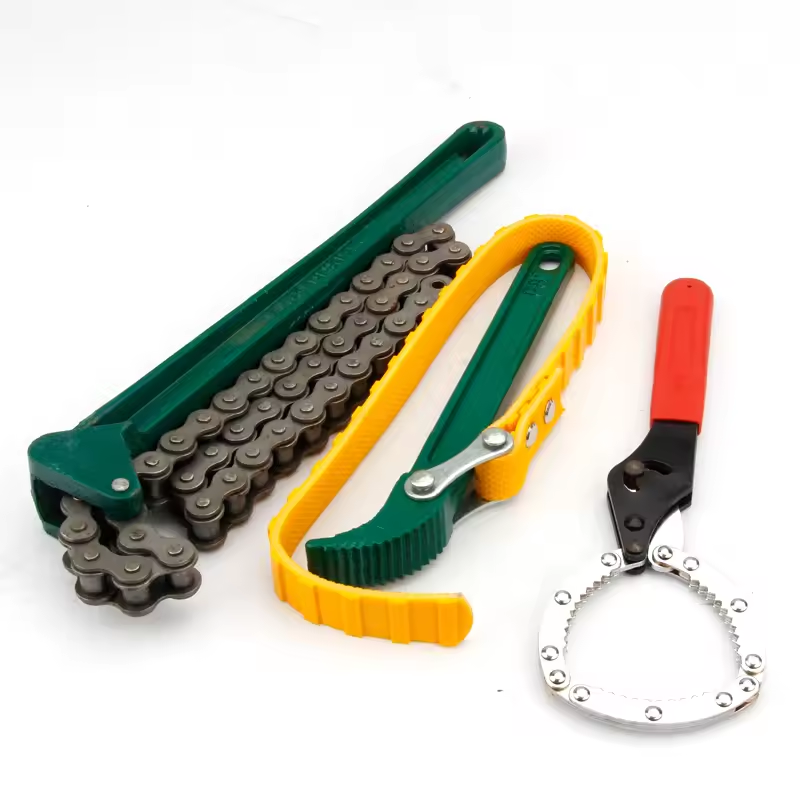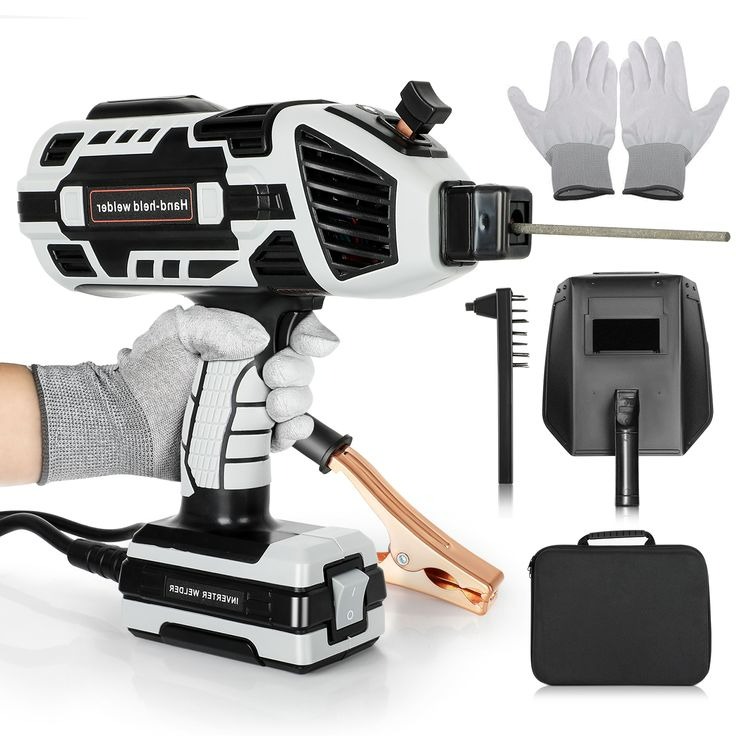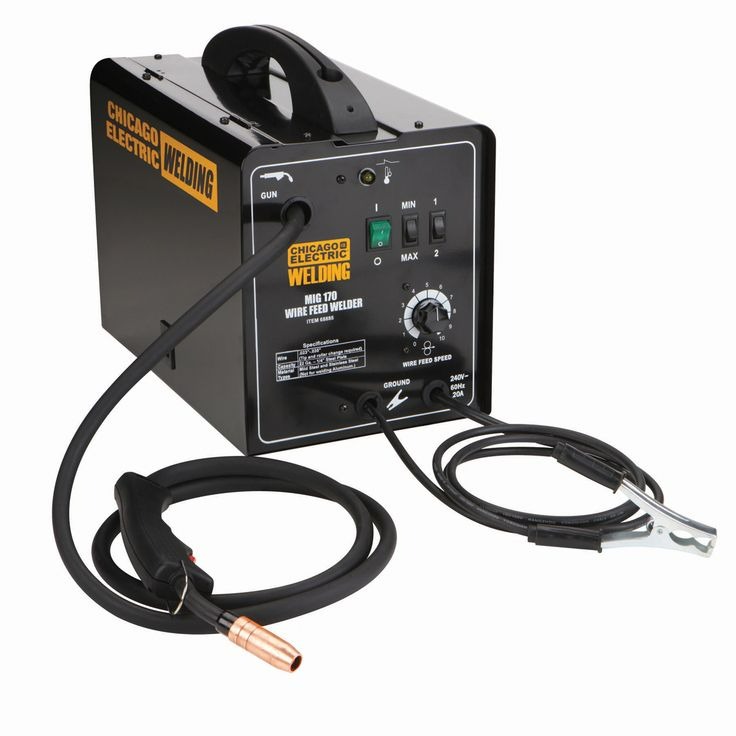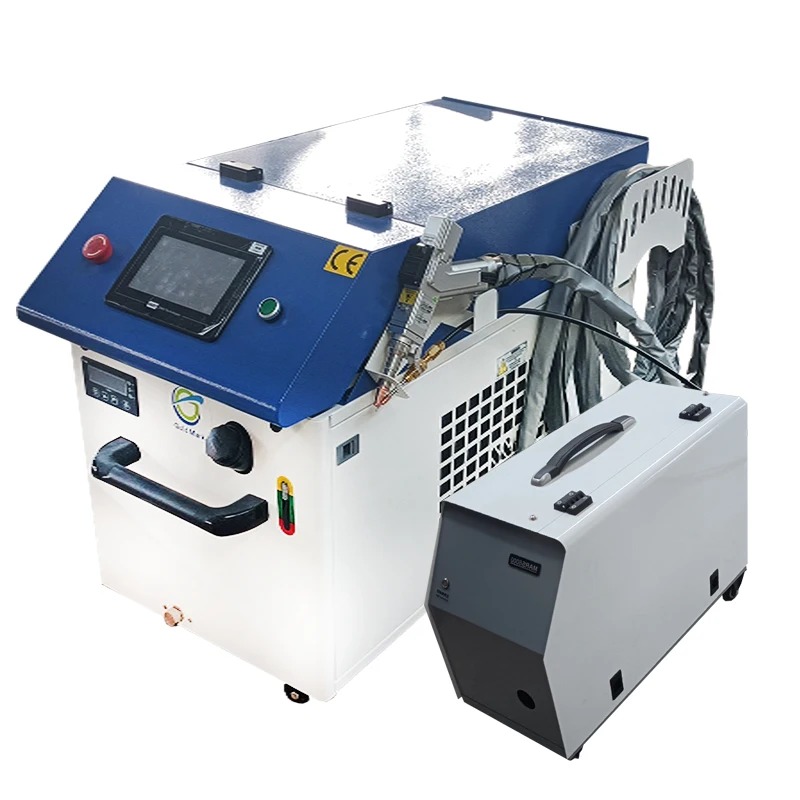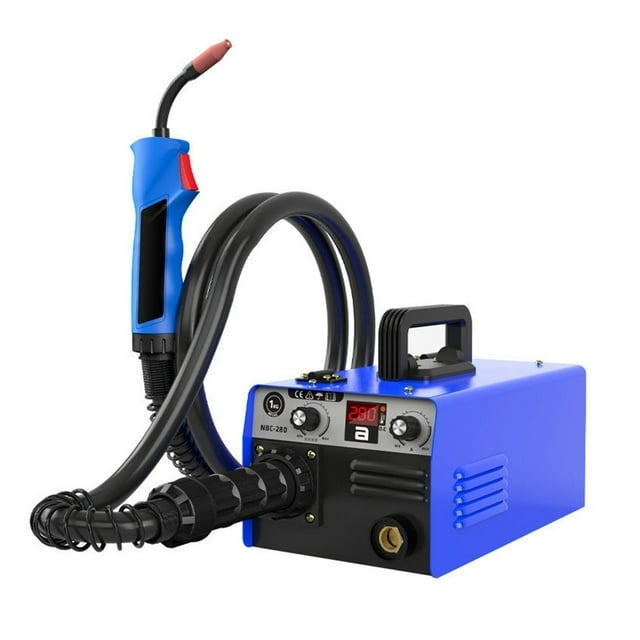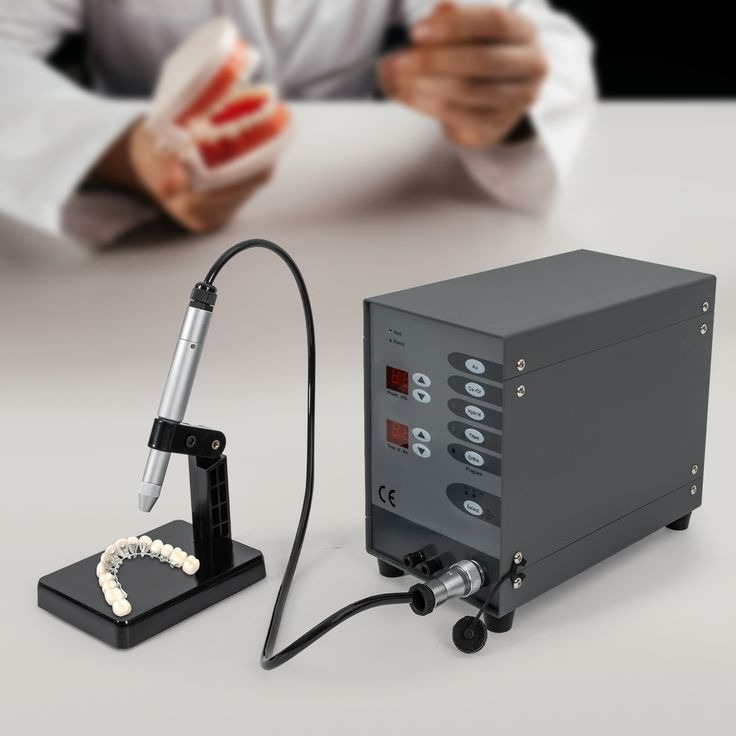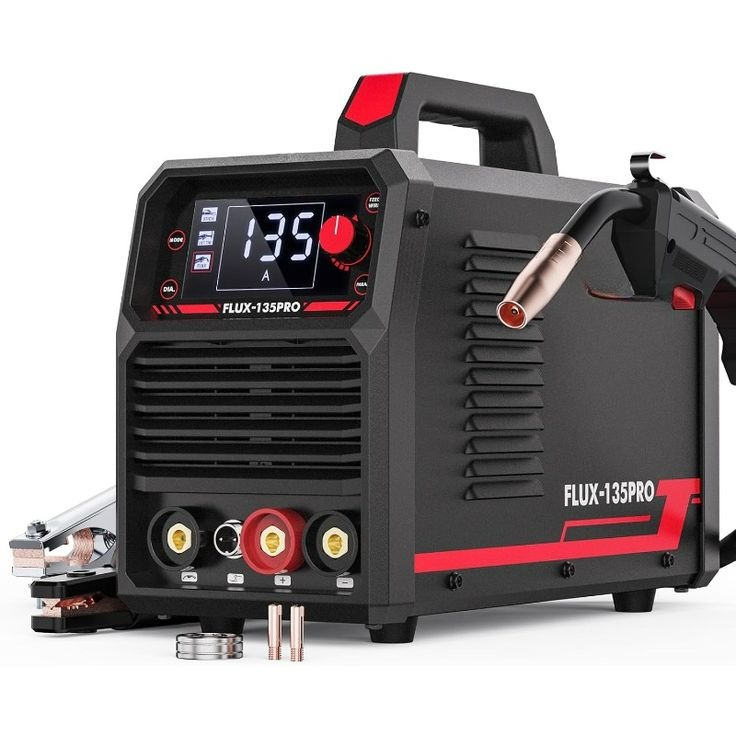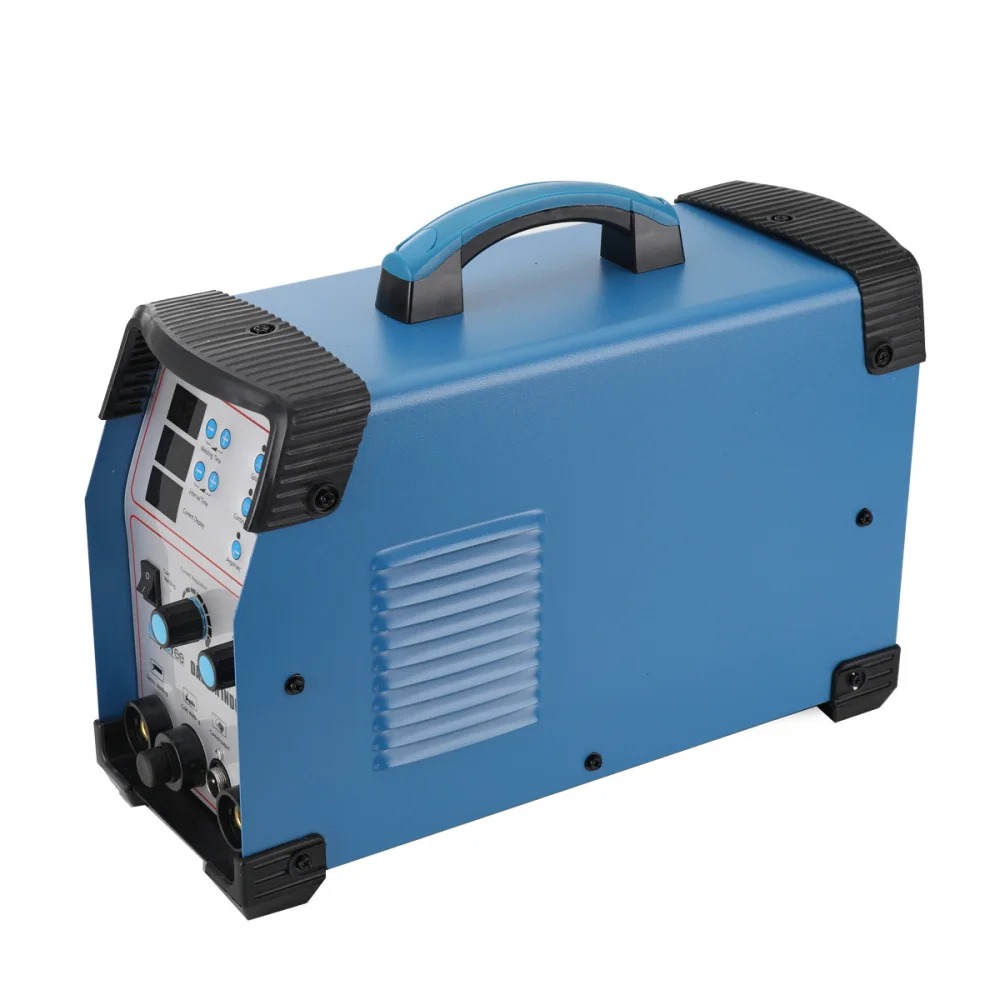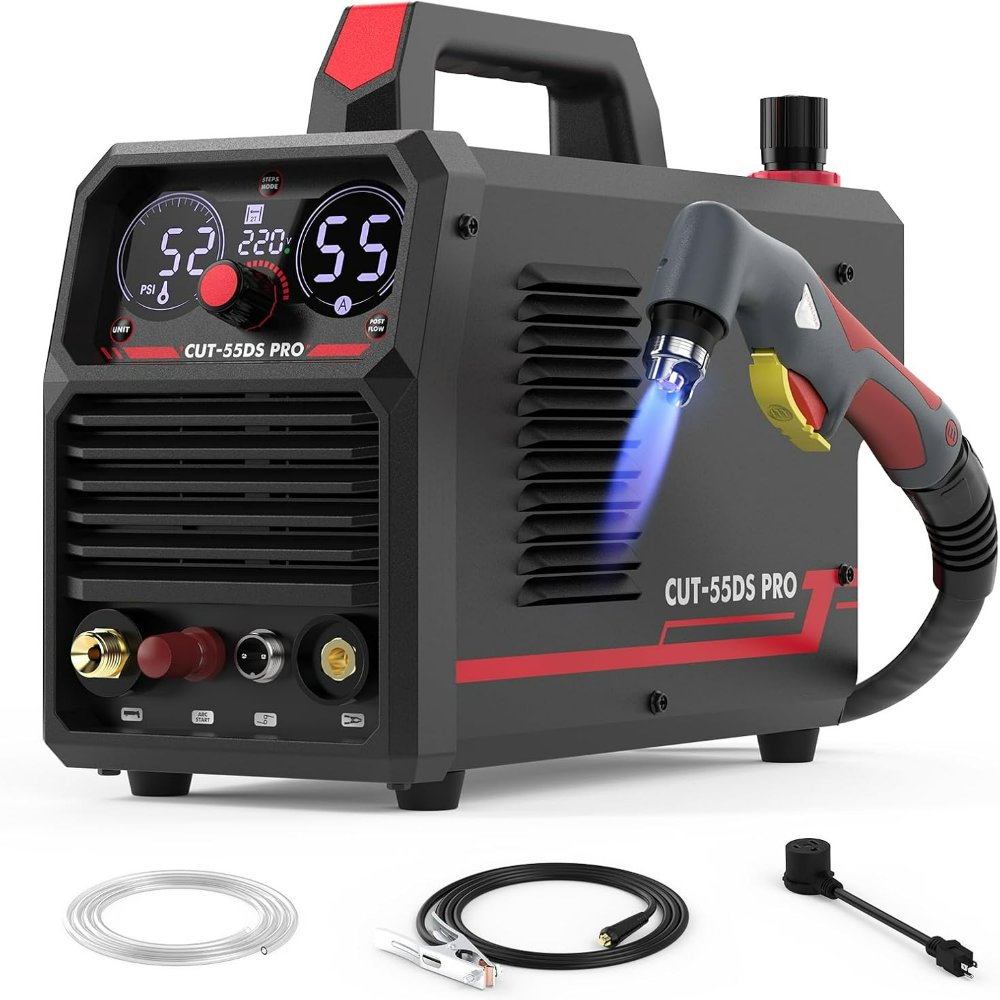Strap Wrench: Types, Uses, & Maintenance
Introduction to the Strap Wrench
A strap wrench is an indispensable tool for anyone involved in plumbing, mechanical repairs, or general DIY tasks. Designed to grip and turn cylindrical objects like pipes, valves, or engine components, the strap wrench combines strength, flexibility, and precision. Unlike traditional wrenches that rely on fixed jaws, the strap wrench uses a flexible strap and adjustable tension mechanism to secure and rotate objects without damaging their surfaces. This makes it ideal for delicate or high-value items where scratches or dents are unacceptable. Whether you’re a professional plumber, a car enthusiast, or a home handyman, mastering the use of a strap wrench can save time, reduce wear on your tools, and prevent costly mistakes. This guide will walk you through the different types, applications, and best practices for using a strap wrench effectively.![]()
What is a Strap Wrench Used For?
The strap wrench is a versatile tool with a wide range of applications:
- Plumbing Repairs: Ideal for turning pipe fittings, valves, and taps without damaging their surfaces.
- Automotive Work: Used to loosen or tighten engine components like pulleys, gears, or exhaust systems.
- Industrial Maintenance: Handles large-diameter pipes, bolts, or machinery parts in factories or construction sites.
- Home Projects: Perfect for tasks like adjusting faucets, fixing garden hoses, or assembling furniture with round parts.
- Emergency Repairs: A strap wrench is invaluable in situations where standard wrenches can’t fit or may cause damage.
By understanding what is a strap wrench used for, you can appreciate its role in both everyday and specialized tasks.
Types of Strap Wrenches and Their Features
Strap wrenches come in various designs, each tailored to specific needs:
- Adjustable Strap Wrench:
- Features a movable handle or ratchet mechanism to accommodate different object sizes.
- Commonly used in plumbing and automotive work for versatility.
- Fixed Strap Wrench:
- Designed for a specific diameter range, ensuring a secure grip for repetitive tasks.
- Popular in industrial settings where consistency is key.
- Heavy-Duty Strap Wrench:
- Built with reinforced materials like steel or composite straps for high-stress applications.
- Ideal for large pipes, heavy machinery, or outdoor use in harsh conditions.
- Ratchet Strap Wrench:
- Combines a strap wrench with a ratchet system for continuous torque application.
- Saves time when loosening stubborn or rusted fittings.
- Multi-Function Strap Wrench:
- Includes additional features like built-in pliers or adjustable tension settings.
- Suitable for complex projects requiring multiple tools.
Each type offers unique advantages, so choose based on your specific requirements.![]()
Key Features to Look for in a Strap Wrench
When selecting a strap wrench, prioritize these features to ensure durability and performance:
- Strap Material: High-quality leather or composite straps resist wear and provide a firm grip.
- Tension Mechanism: A smooth, adjustable tension system ensures the strap tightens securely without slipping.
- Frame Construction: Sturdy steel or aluminum frames enhance strength and longevity.
- Size Range: Choose a model that fits the diameter of the objects you work with most often.
- Ergonomic Design: A comfortable handle reduces hand fatigue during prolonged use.
Prioritizing these features ensures your strap wrenches delivers reliable results in any setting.
How to Use a Strap Wrench Effectively
Proper technique maximizes the effectiveness of a strap wrench:
- Position the Wrench Correctly: Wrap the strap around the object and adjust the tension until it’s snug but not overly tight.
- Apply Steady Pressure: Turn the wrench in a smooth, controlled motion to avoid sudden slips or damage.
- Check for Obstructions: Ensure the strap isn’t pinched or caught on protrusions before tightening.
- Avoid Over-Tightening: Excessive tension can strain the strap or damage the object’s surface.
- Store Properly: Keep the strap wrenches in a dry, organized tool kit to prevent rust or deformation.
By following these steps, you’ll minimize the risk of accidents and extend the life of your strap wrenches.
Common Applications of Strap Wrenches
The strap wrench is a staple in many industries due to its adaptability:
- Plumbing: Tightening or loosening pipe fittings, valves, and taps without damaging chrome or brass surfaces.
- Automotive Repairs: Removing pulleys, gears, or exhaust components that traditional wrenches can’t reach.
- HVAC Systems: Adjusting ductwork, vents, or refrigerant lines with precision.
- DIY Projects: Fixing garden hoses, assembling furniture with round parts, or adjusting bicycle components.
- Industrial Work: Handling large-diameter pipes or machinery parts in factories or construction sites.
Understanding these applications highlights the strap wrench’s universal utility.![]()
How to Choose the Right Strap Wrench
Selecting the best strap wrench depends on your specific needs:
- Task Frequency: For occasional use, an adjustable strap wrench may suffice. Frequent users should invest in a heavy-duty model.
- Object Size: Measure the diameter of the items you work with to choose the right size range.
- Budget: While high-end models offer superior durability, budget-friendly options are available for basic tasks.
- Brand Reputation: Trusted brands like Craftsman, Stanley, and Irwin produce reliable strap wrenches. Read reviews to assess quality and performance.
- Specialized Needs: If you work in a niche field, look for strap wrenches designed for specific applications (e.g., plumbing or automotive).
Aligning these factors with your workflow ensures a strap wrench that enhances productivity.
Maintenance and Care Tips for Strap Wrenches
Regular maintenance extends the lifespan of your strap wrenches and ensures consistent performance:
- Clean After Use: Wipe the strap and frame with a dry cloth to remove debris or moisture. For oily residues, use a mild solvent.
- Lubricate Moving Parts: Apply a light machine oil to the tension mechanism to keep it operating smoothly.
- Inspect for Wear: Check the strap and handle for cracks, fraying, or deformation. Replace damaged parts immediately.
- Store Safely: Avoid stacking heavy tools on top of the wrench, as this can cause warping. Use a dedicated tool rack or case for organization.
- Avoid Overloading: Never exceed the wrench’s weight or torque capacity. Overloading can cause the tool to break or bend.
These simple steps keep your strap wrenches in optimal condition for years.![]()
Safety Considerations When Using a Strap Wrench
Safety should always be a priority when using a strap wrench:
- Secure the Wrench: Ensure the strap is fully seated around the object before applying force. A loose grip can lead to slippage or injury.
- Wear Protective Gear: Gloves and safety glasses protect against flying debris or sudden wrench movement.
- Avoid Overloading: Excessive force can strain the wrench or strip the object’s surface.
- Work in Well-Lit Areas: Poor lighting increases the risk of misalignment or missed damage. Use a portable light source if necessary.
- Use the Right Size: A wrench that’s too small or too large for the object can lead to stripped threads or tool failure.
By following these precautions, you minimize risks and maximize the effectiveness of your strap wrenches.
Common Mistakes to Avoid When Using a Strap Wrench
Even experienced users can make errors when handling a strap wrench:
- Incorrect Tension: Over-tightening the strap can damage the object or cause the wrench to snap.
- Using on Flat Surfaces: Strap wrenches are designed for round objects. Using them on flat surfaces risks slipping or injury.
- Neglecting Regular Checks: Failing to inspect the strap and frame for wear can lead to sudden tool failure.
- Forcing the Wrench: If the wrench won’t budge, check for rust or debris rather than applying brute force.
- Improper Storage: Storing the strap wrench in a damp or crowded tool box can accelerate wear and corrosion.
Avoiding these pitfalls ensures your strap wrenches remains reliable and safe to use.![]()
The Future of Strap Wrenches
As technology advances, strap wrenches are evolving with innovations like:
- Smart Tension Systems: Sensors that adjust tension automatically based on the object’s size and material.
- Eco-Friendly Materials: Recycled leather or composite straps reduce environmental impact.
- Integrated LED Lighting: Illuminates the workspace for better visibility in dark environments.
- Customizable Straps: Some models now allow users to replace or adjust the strap for different applications.
- Wireless Connectivity: Apps that track usage patterns or provide torque recommendations for precision tasks.
These advancements ensure strap wrenches remain a staple for modern users.
Conclusion: Elevate Your Tool Kit with a Strap Wrench
A strap wrench is more than just a tool—it’s a solution for handling cylindrical objects with care and precision. Whether you’re a DIY enthusiast or a professional plumber, the right strap wrenches simplifies tasks that would otherwise require multiple tools. By choosing a model that aligns with your needs, mastering proper usage, and maintaining it regularly, you’ll unlock the full potential of your strap wrenches. Invest in a high-quality strap wrench today and experience the difference in every project!
